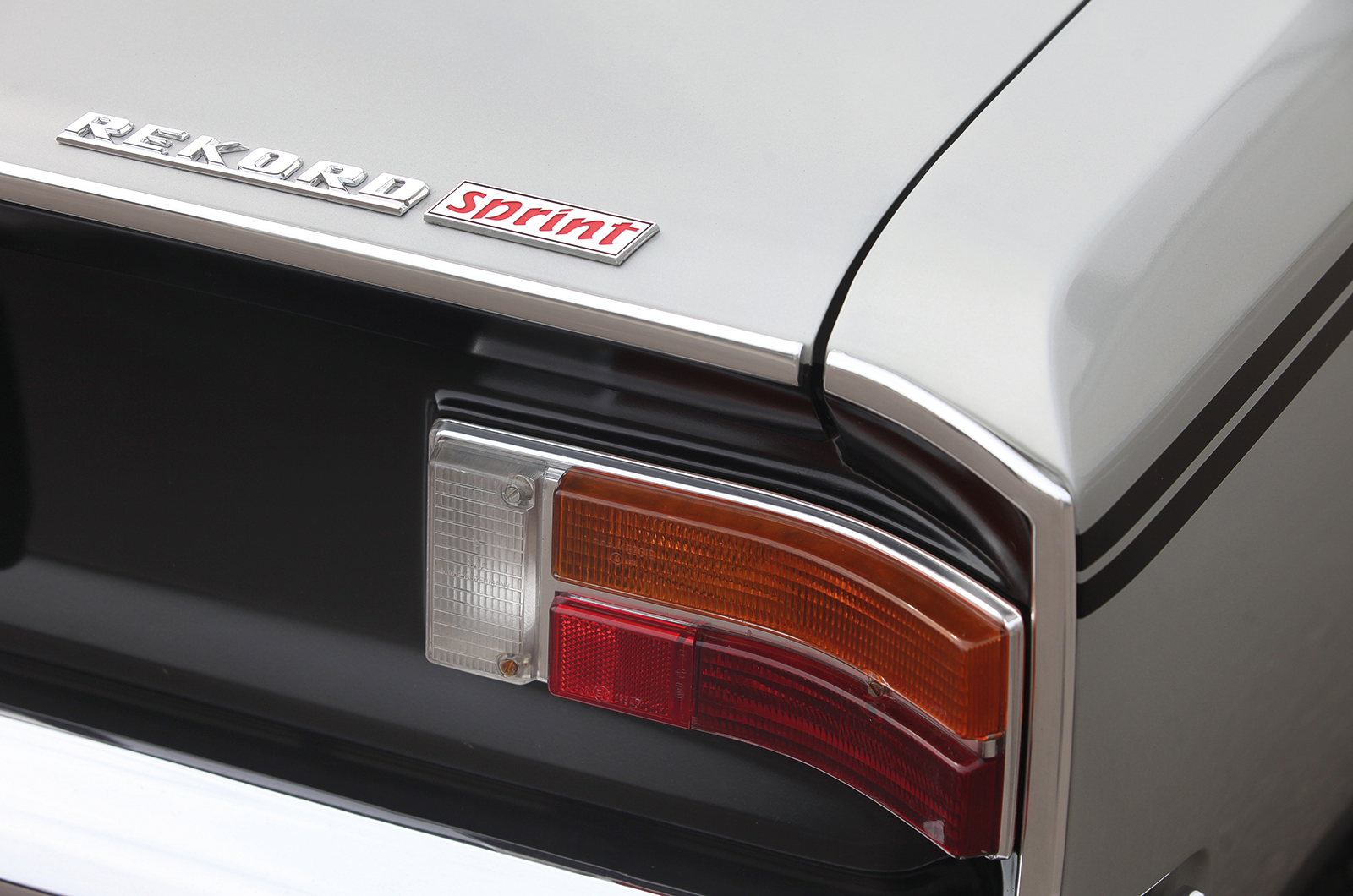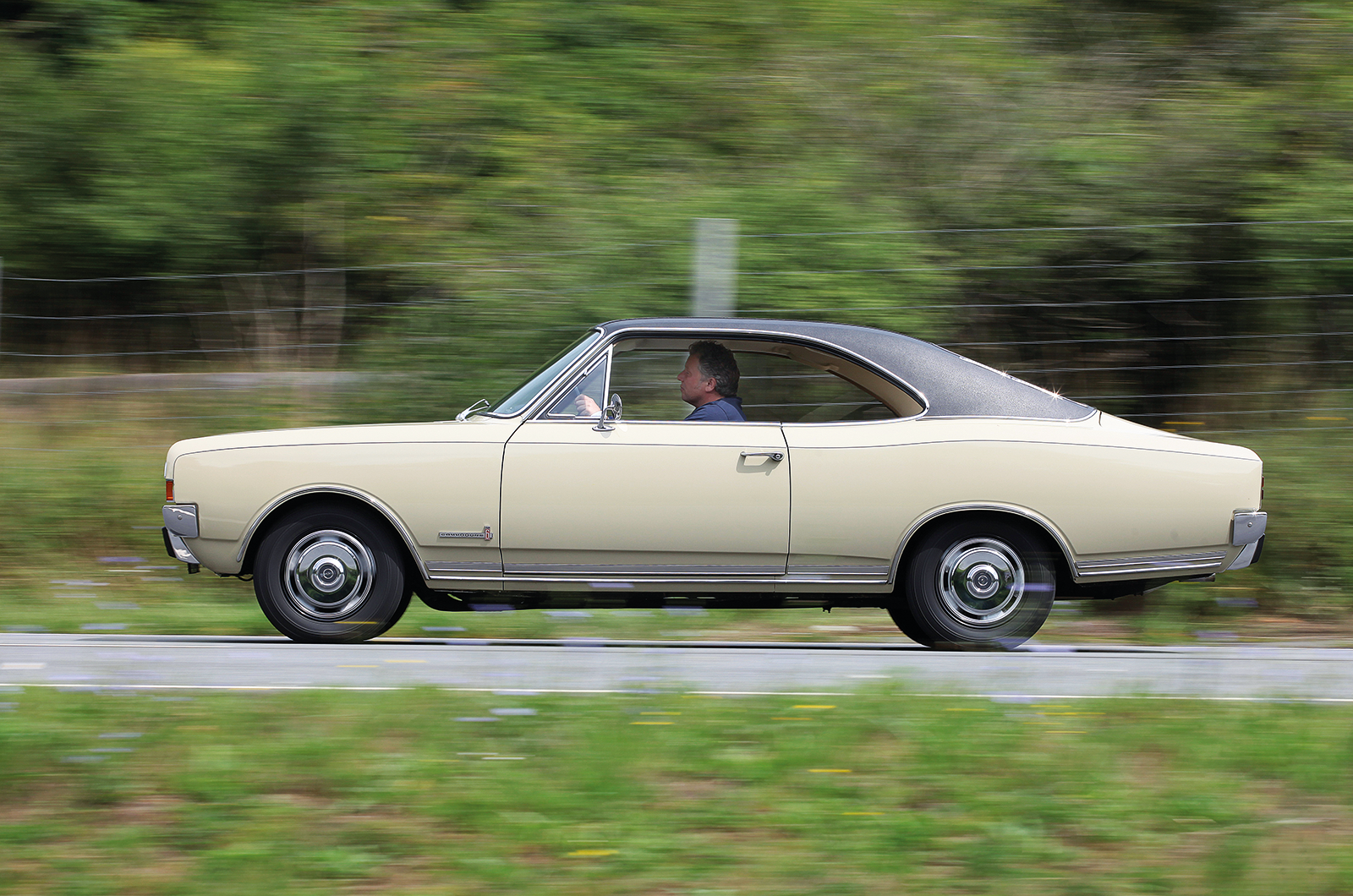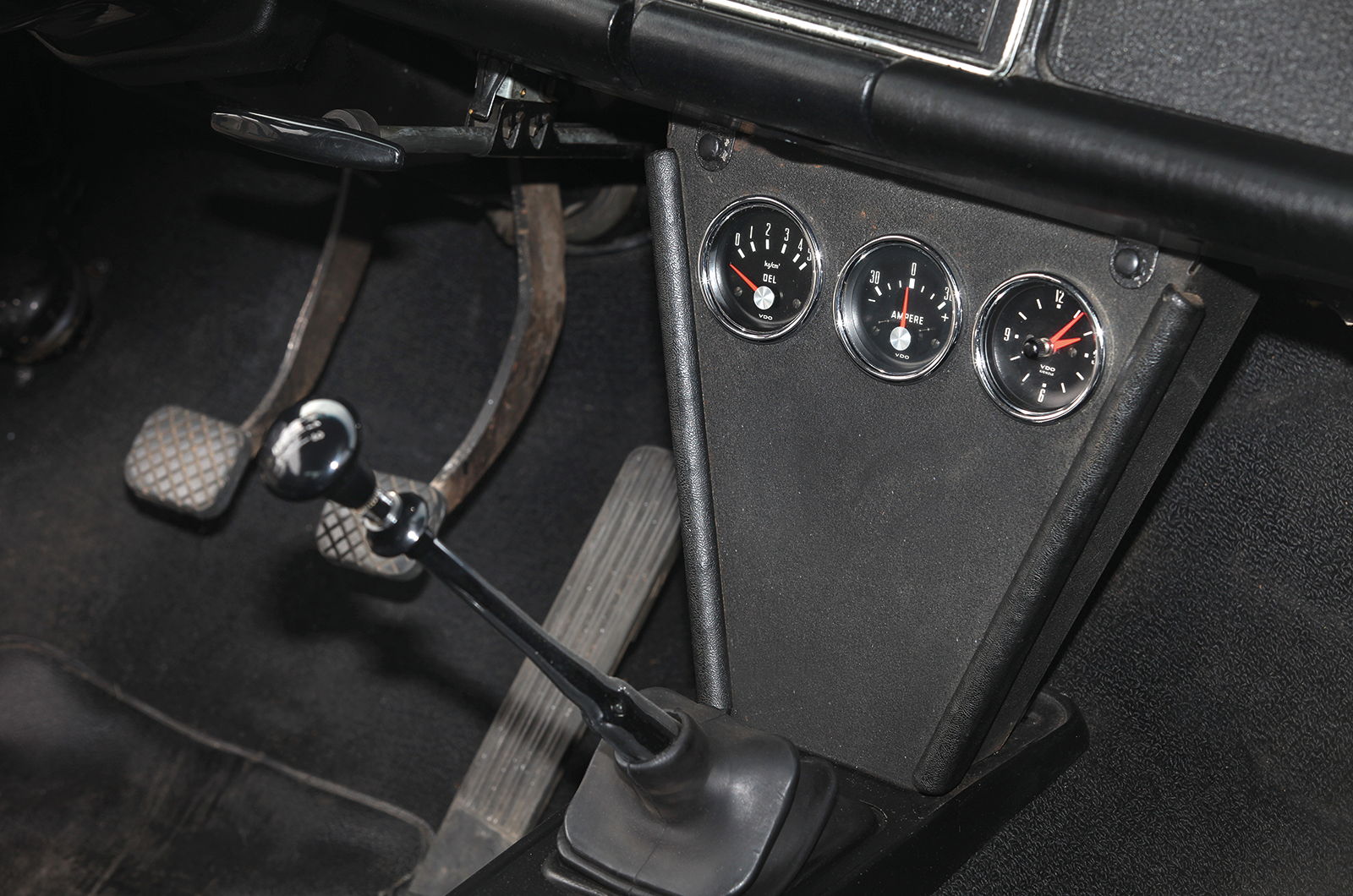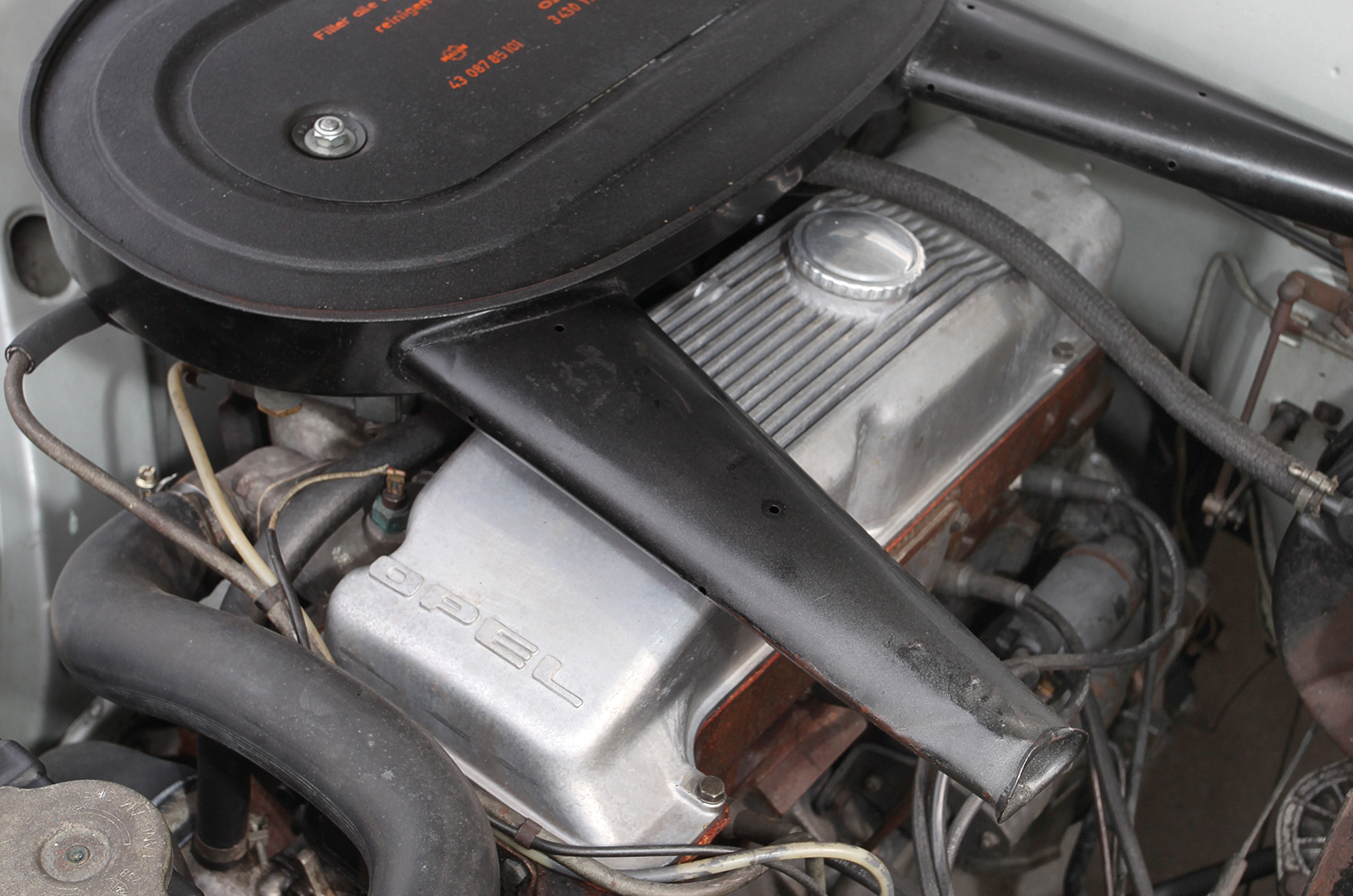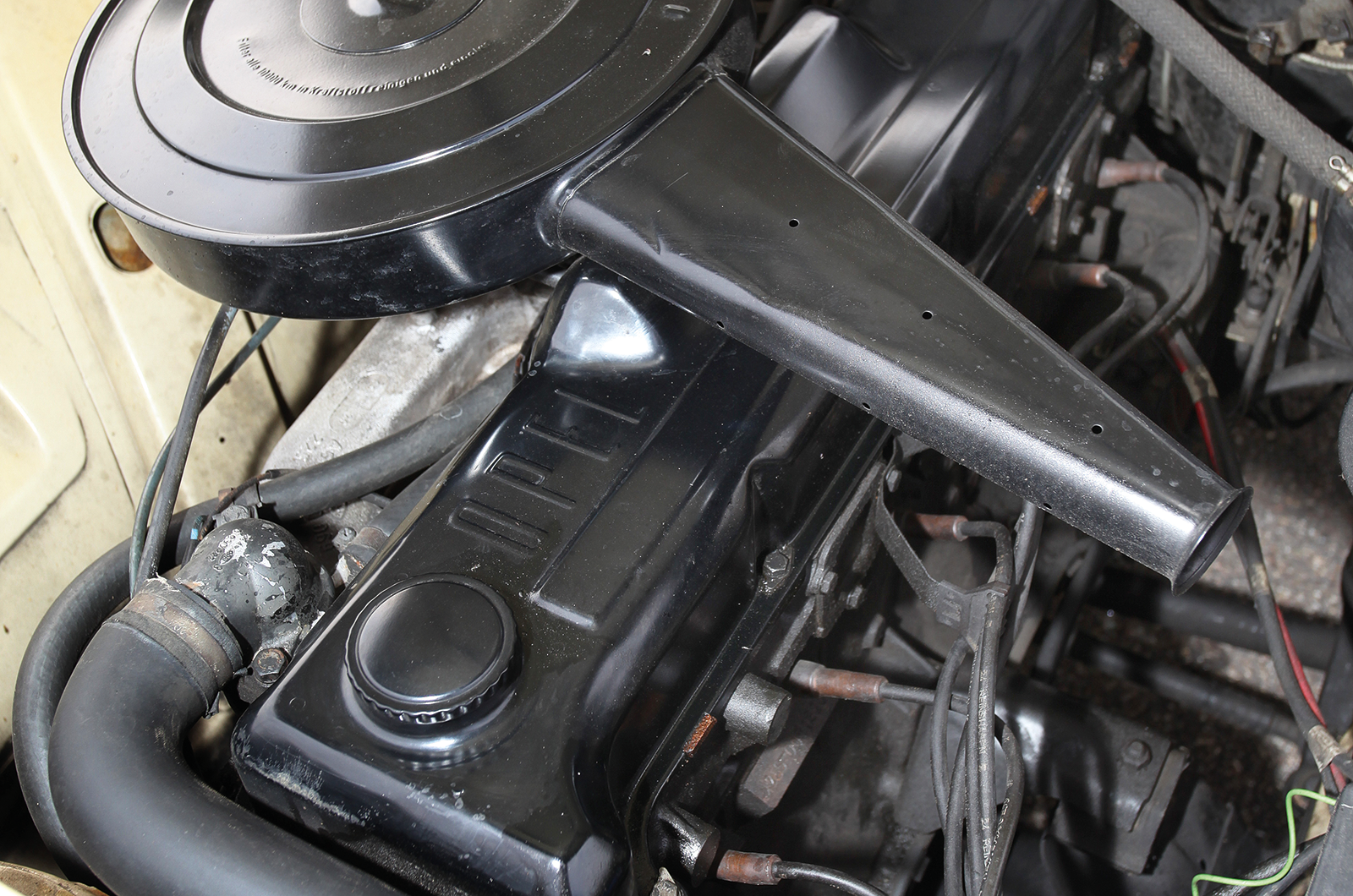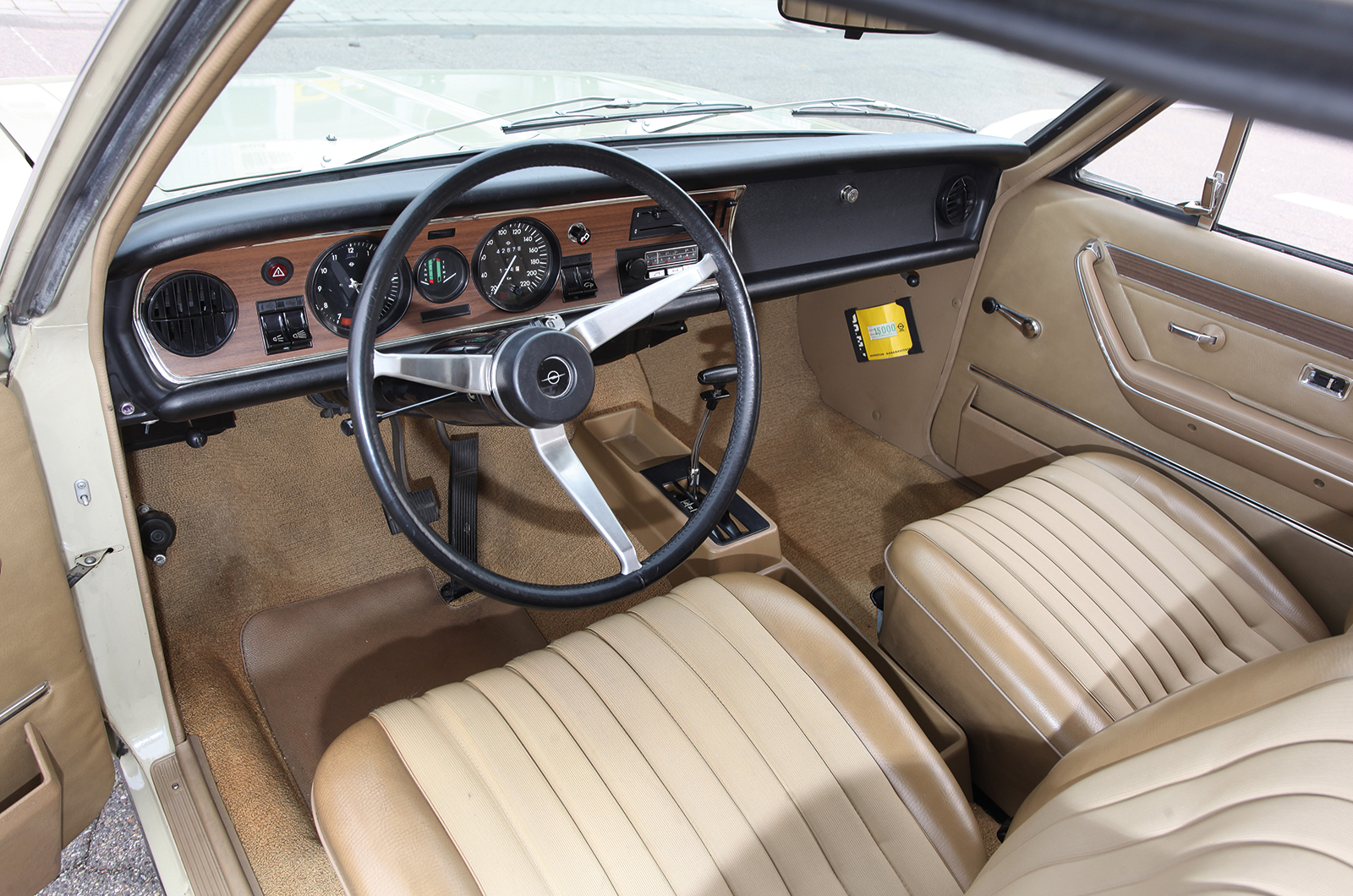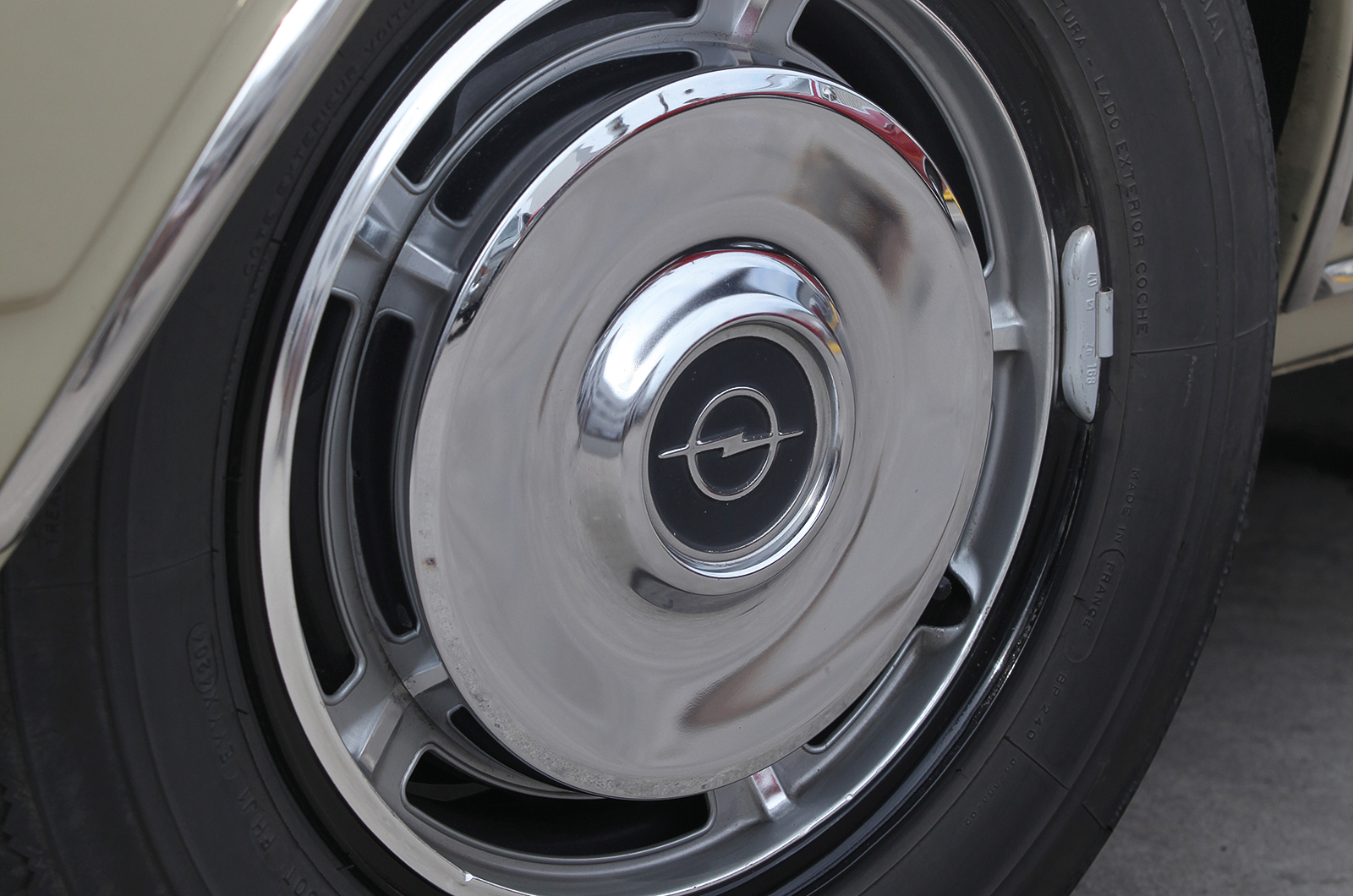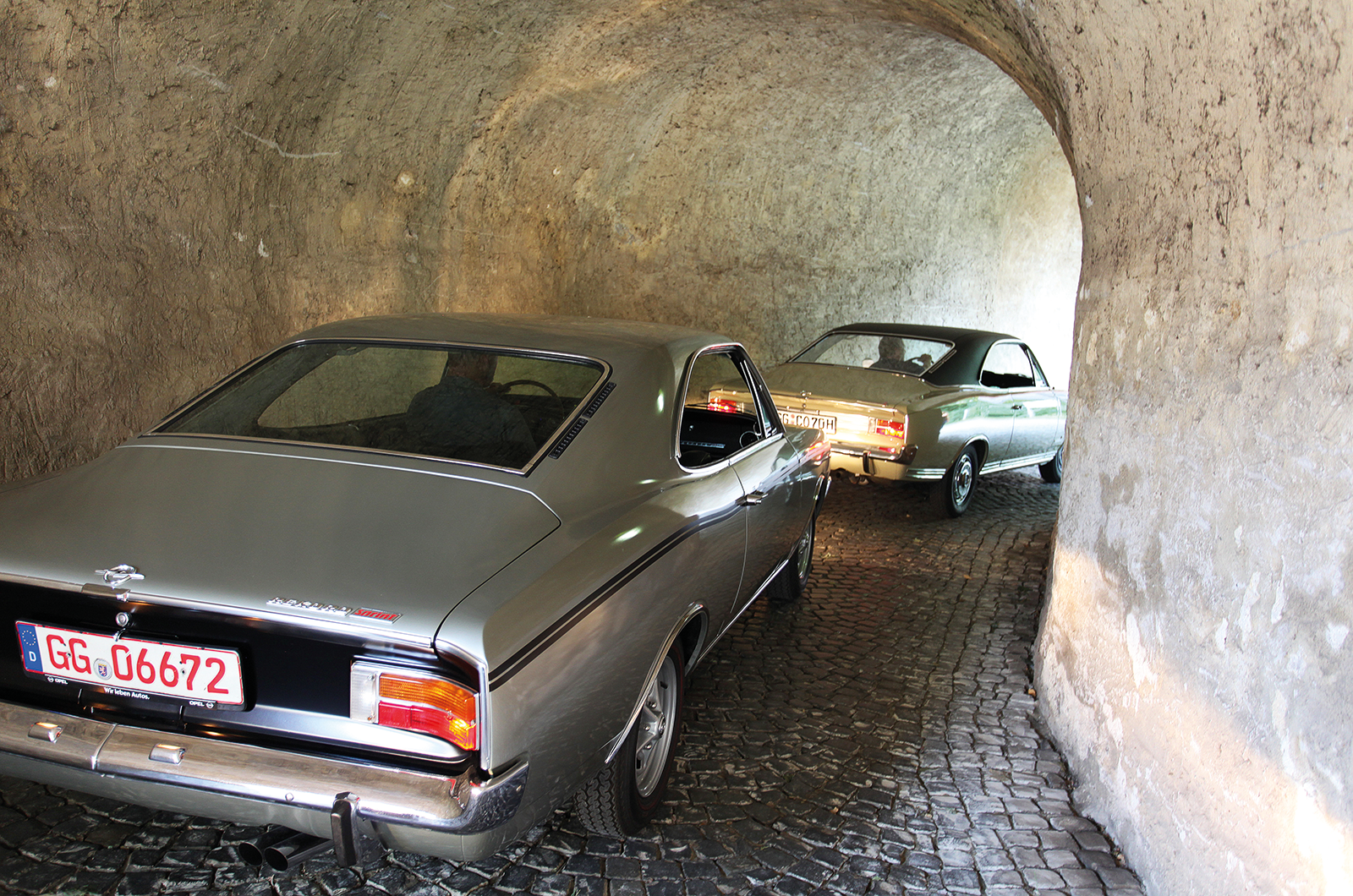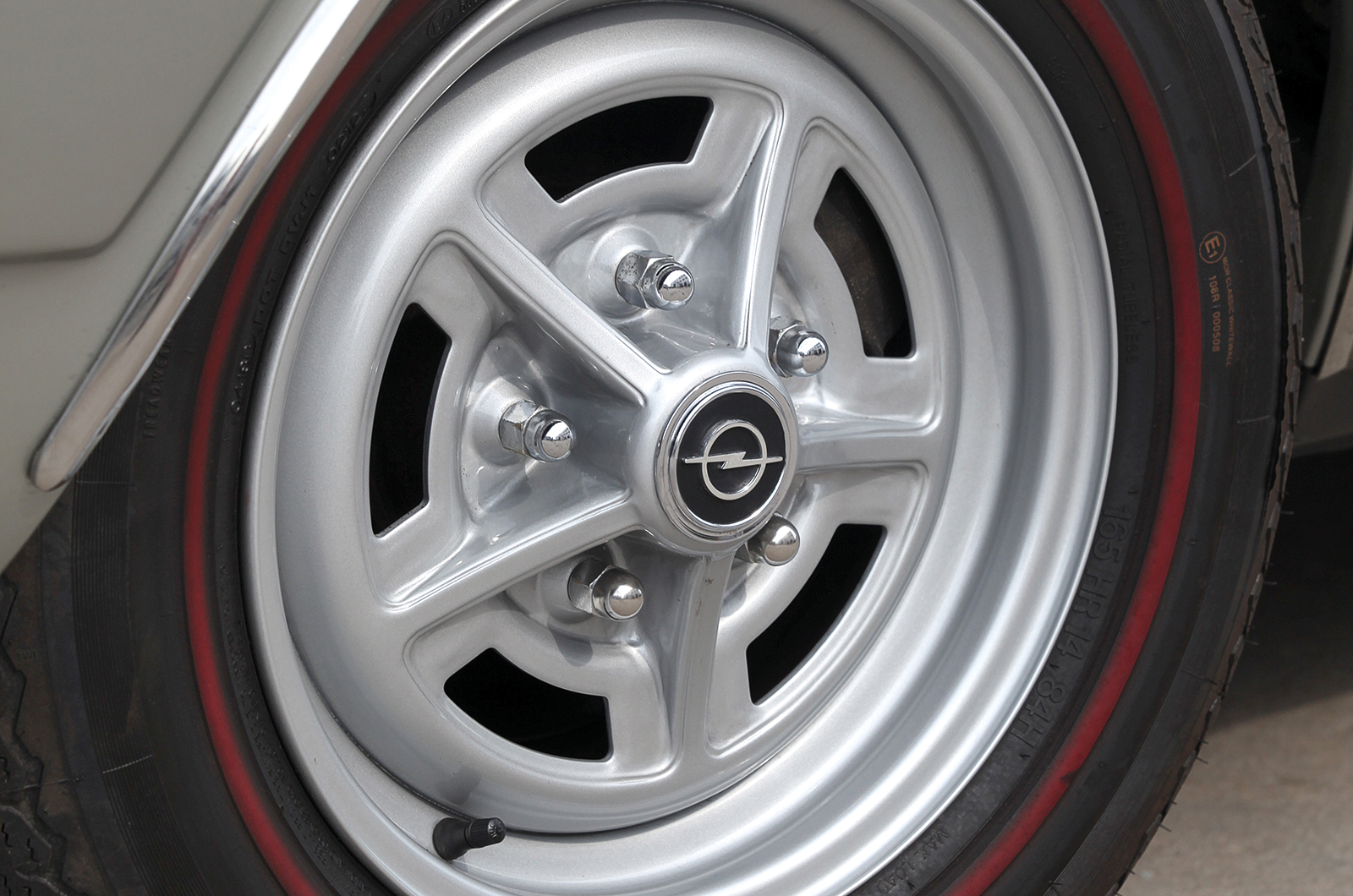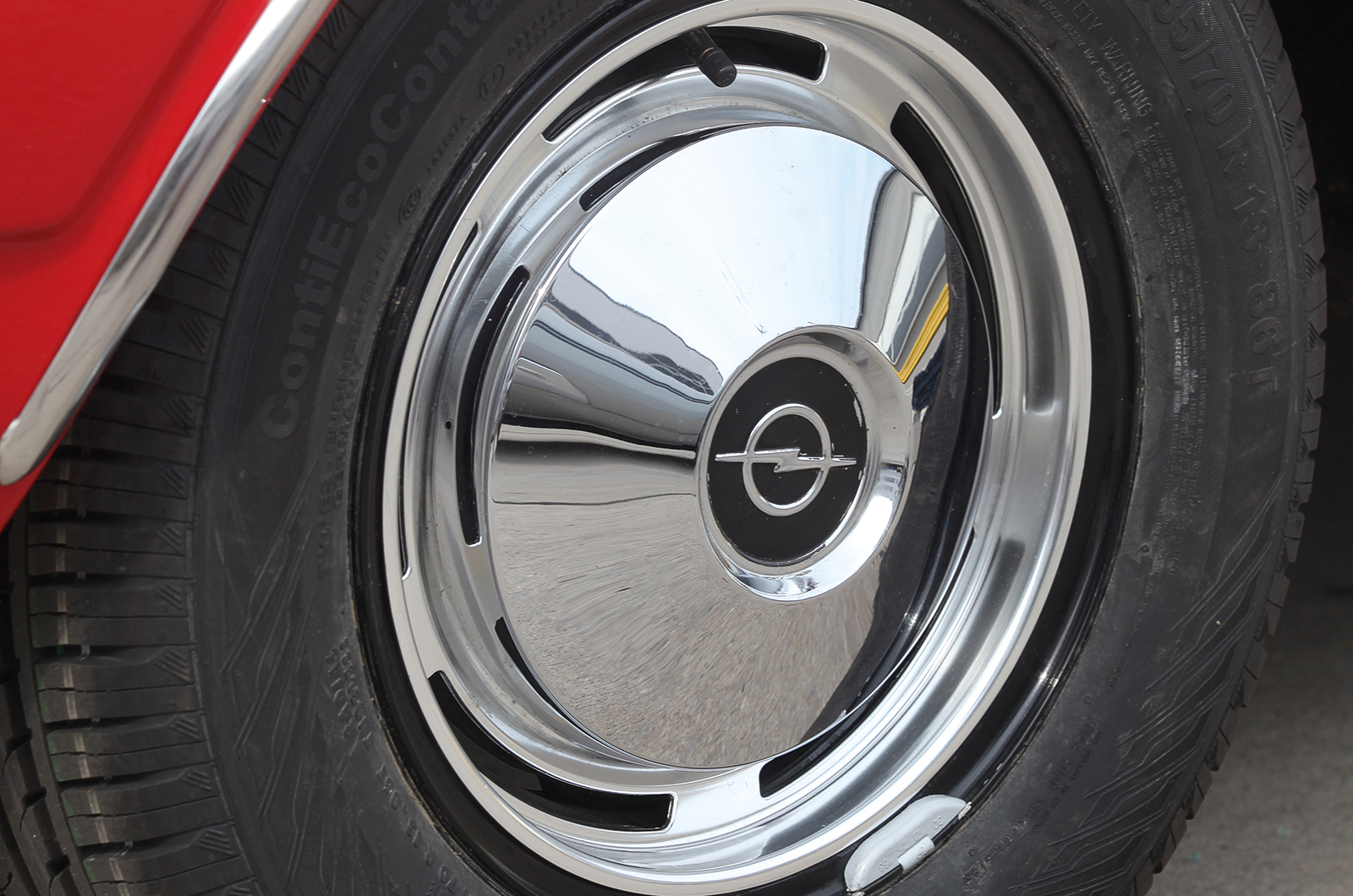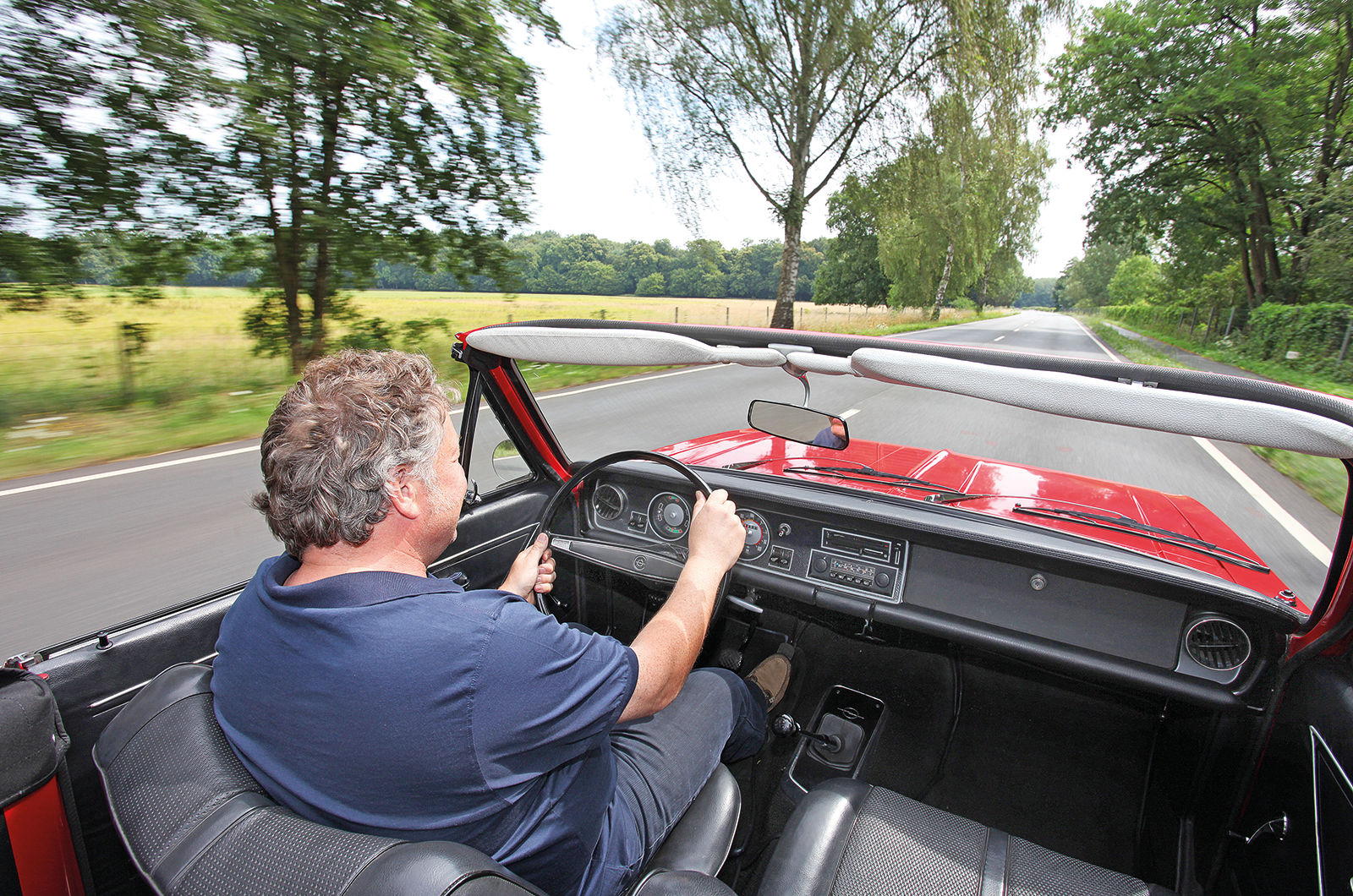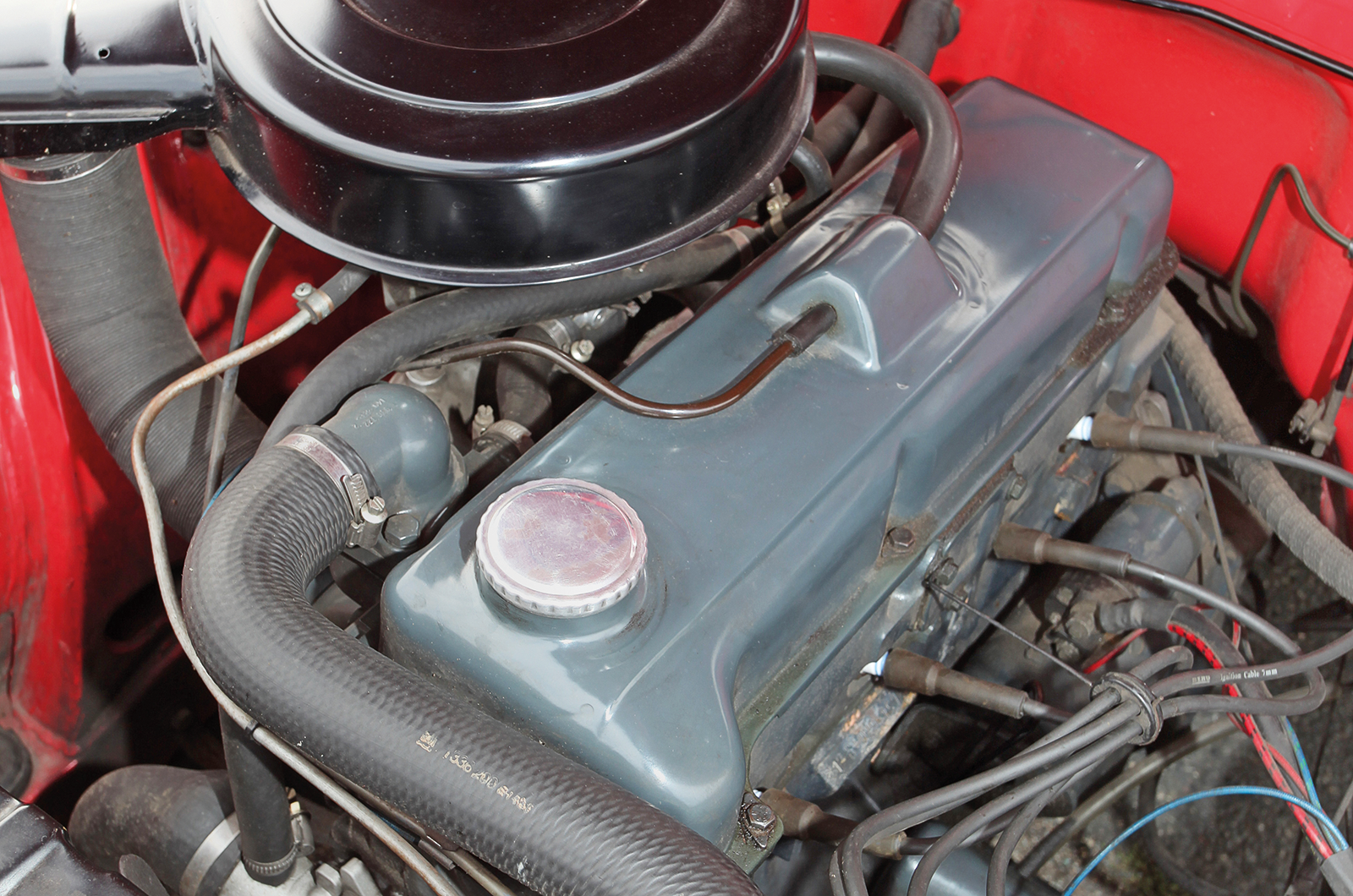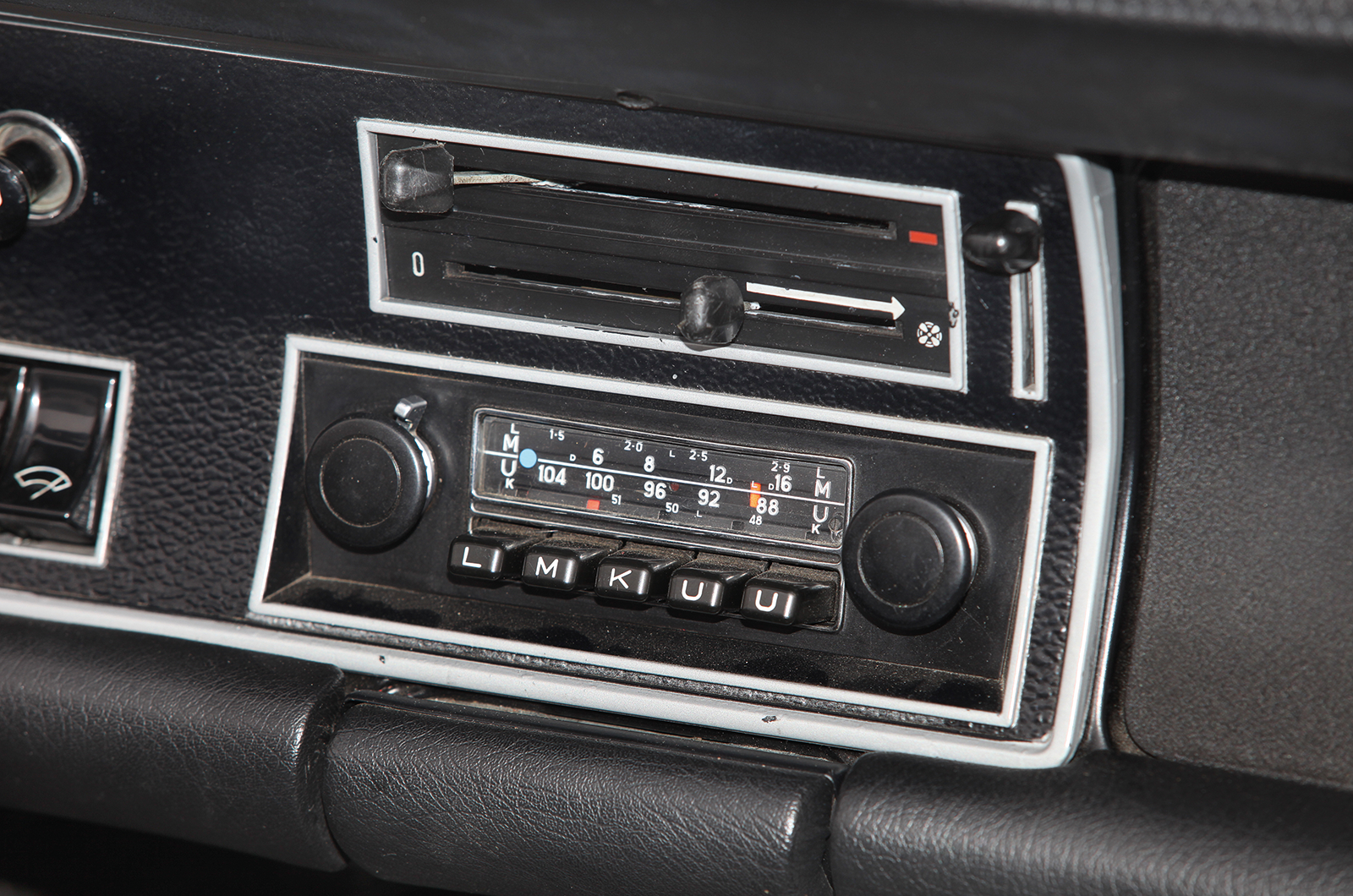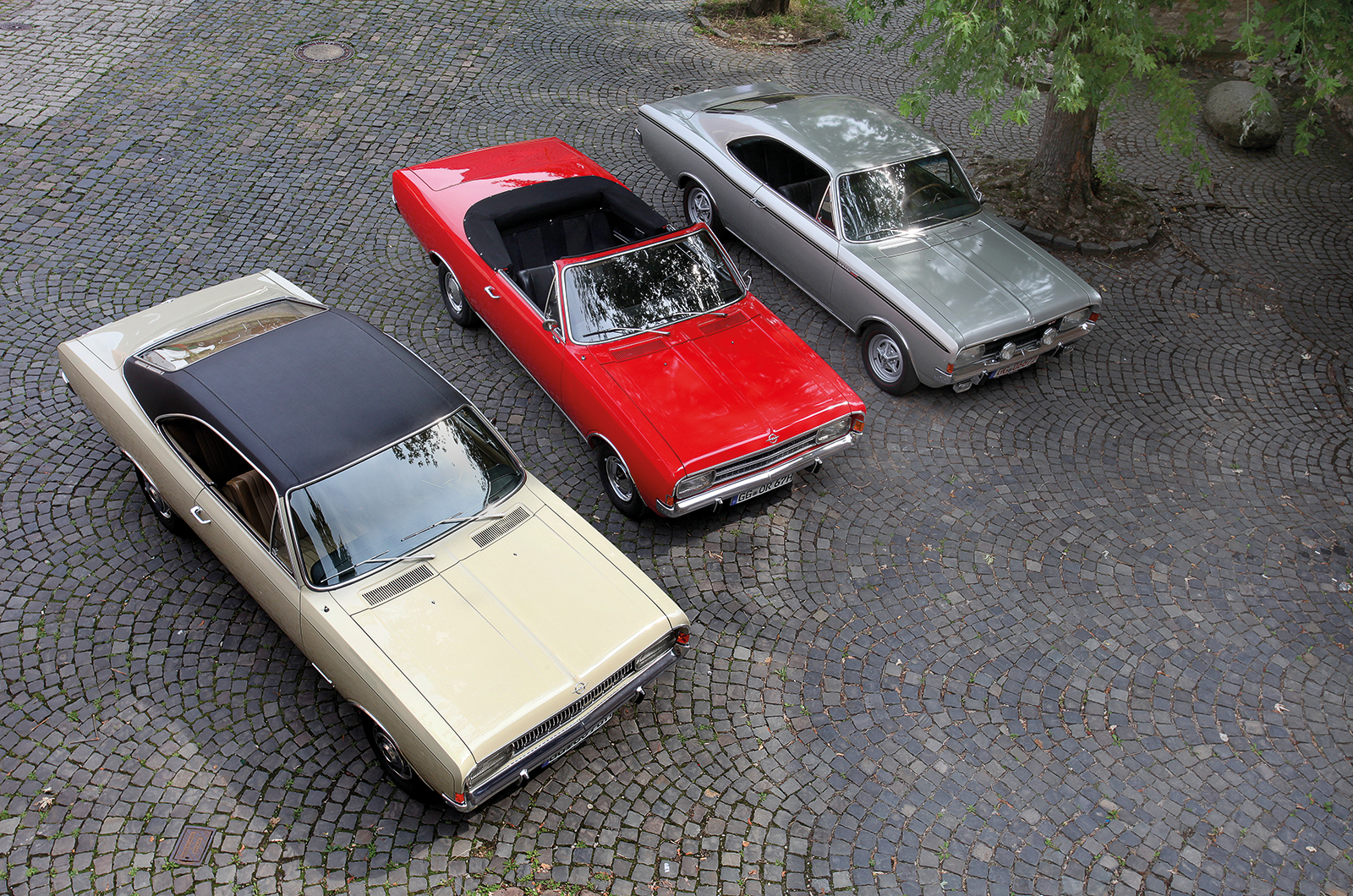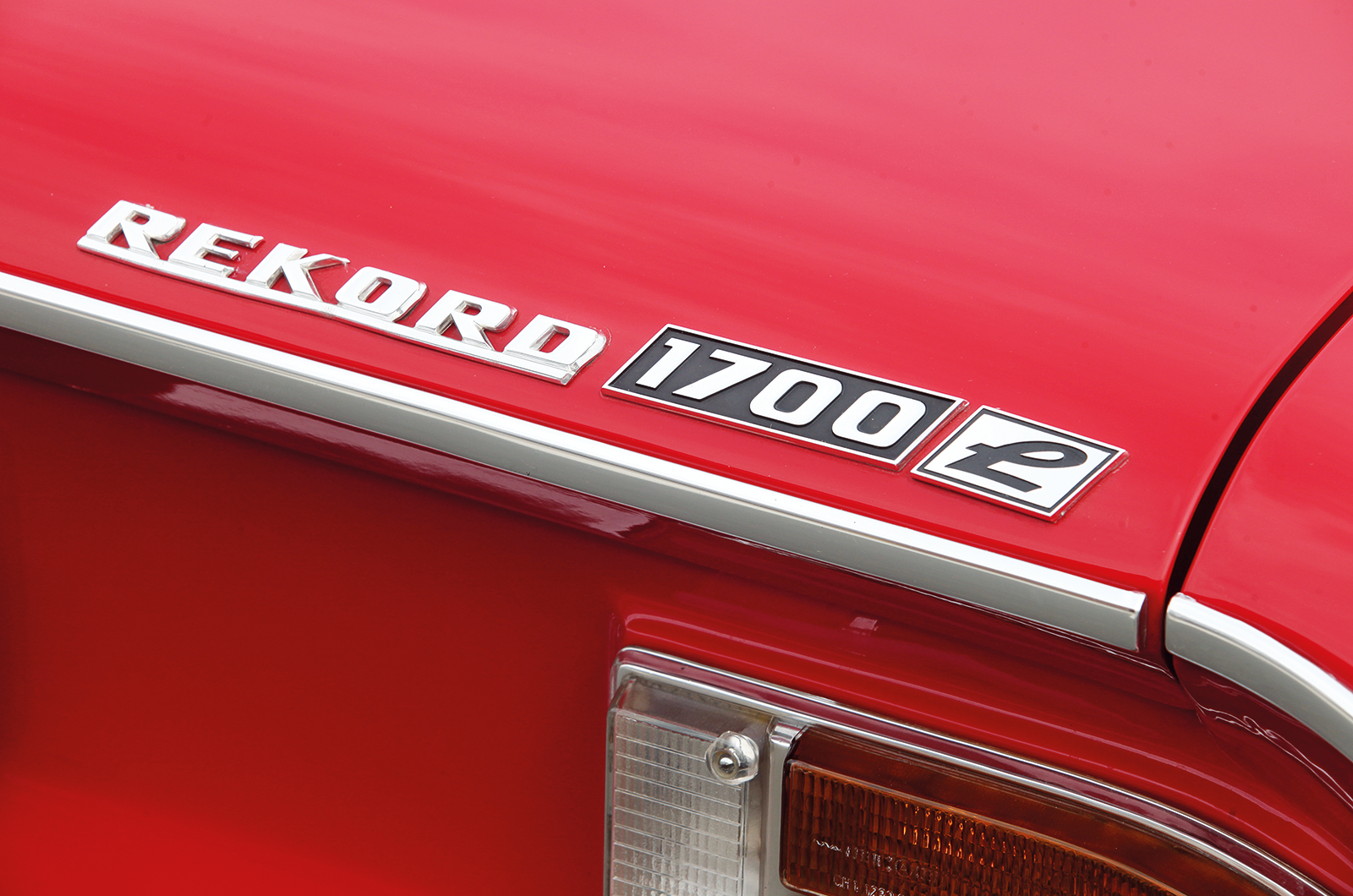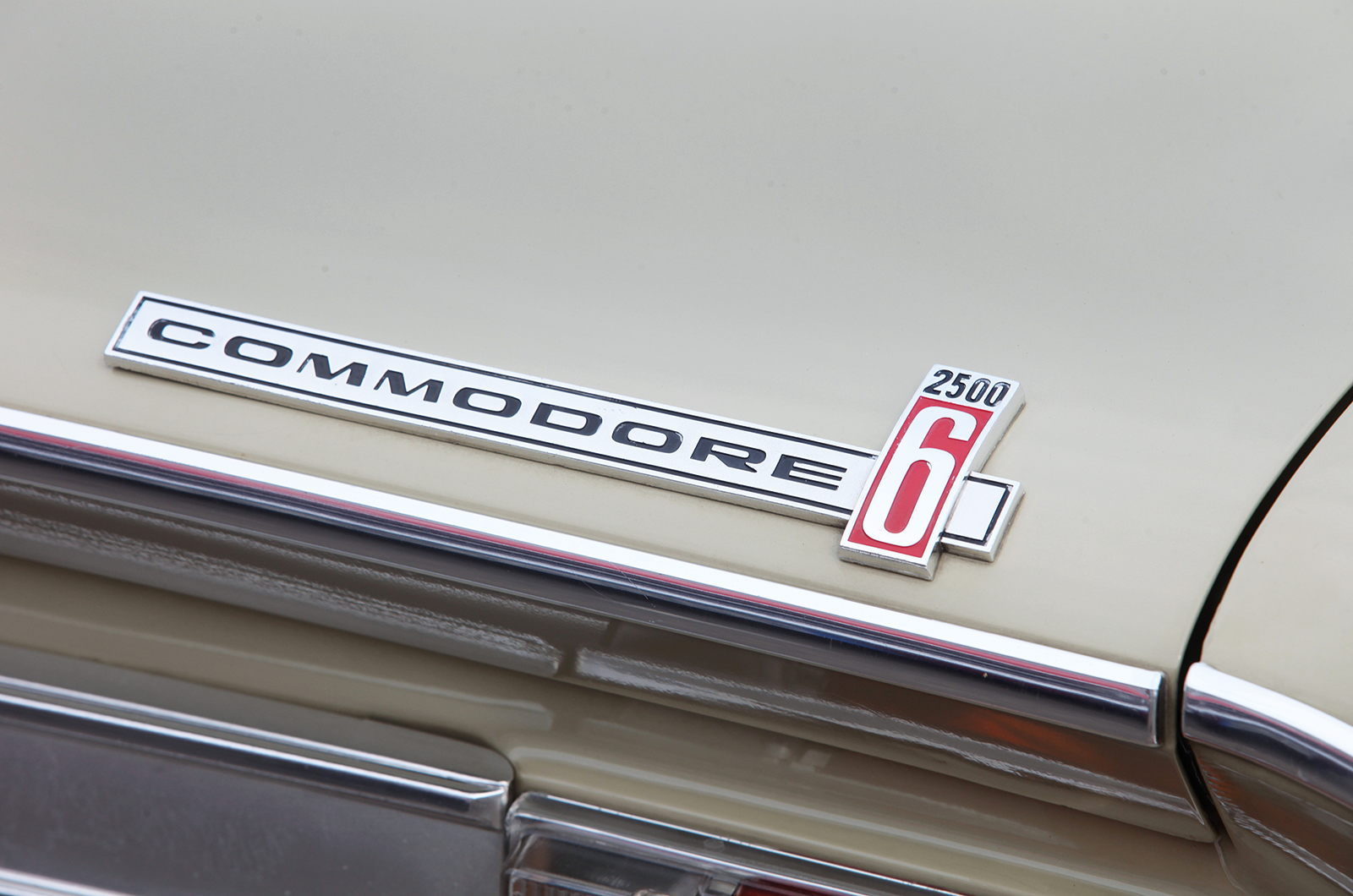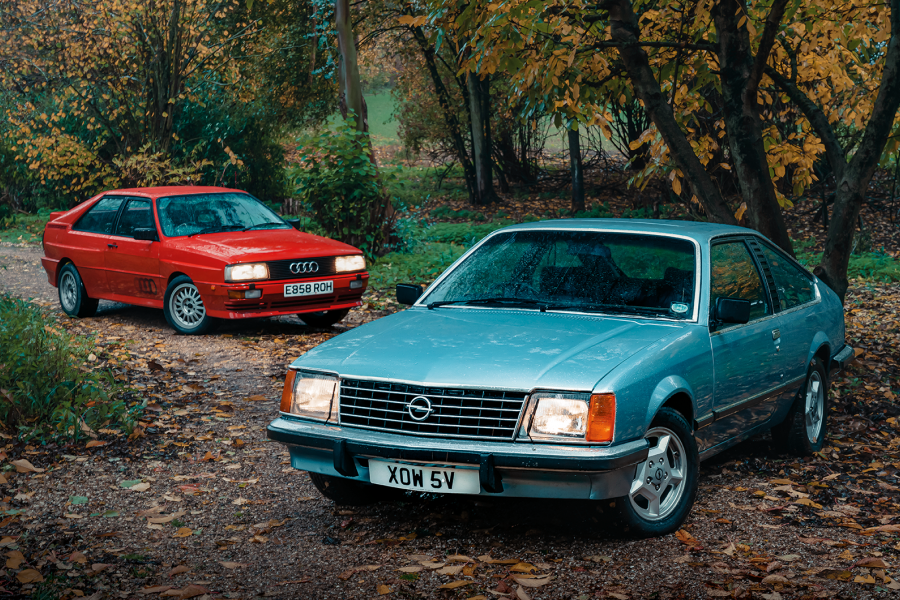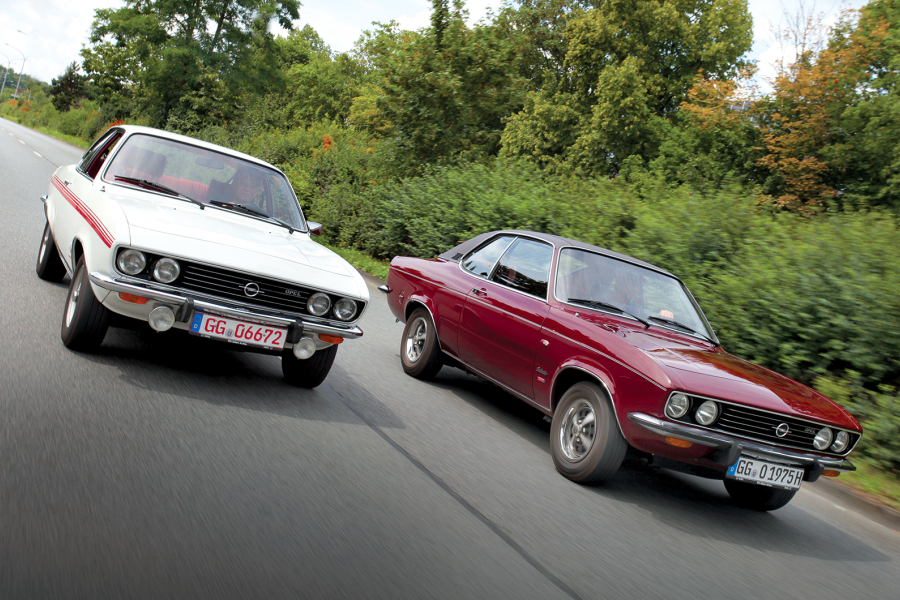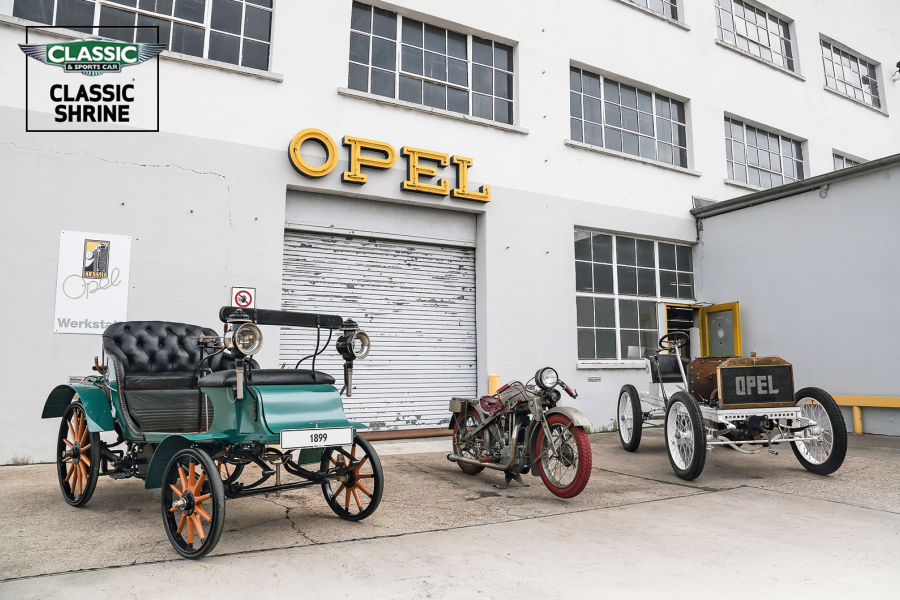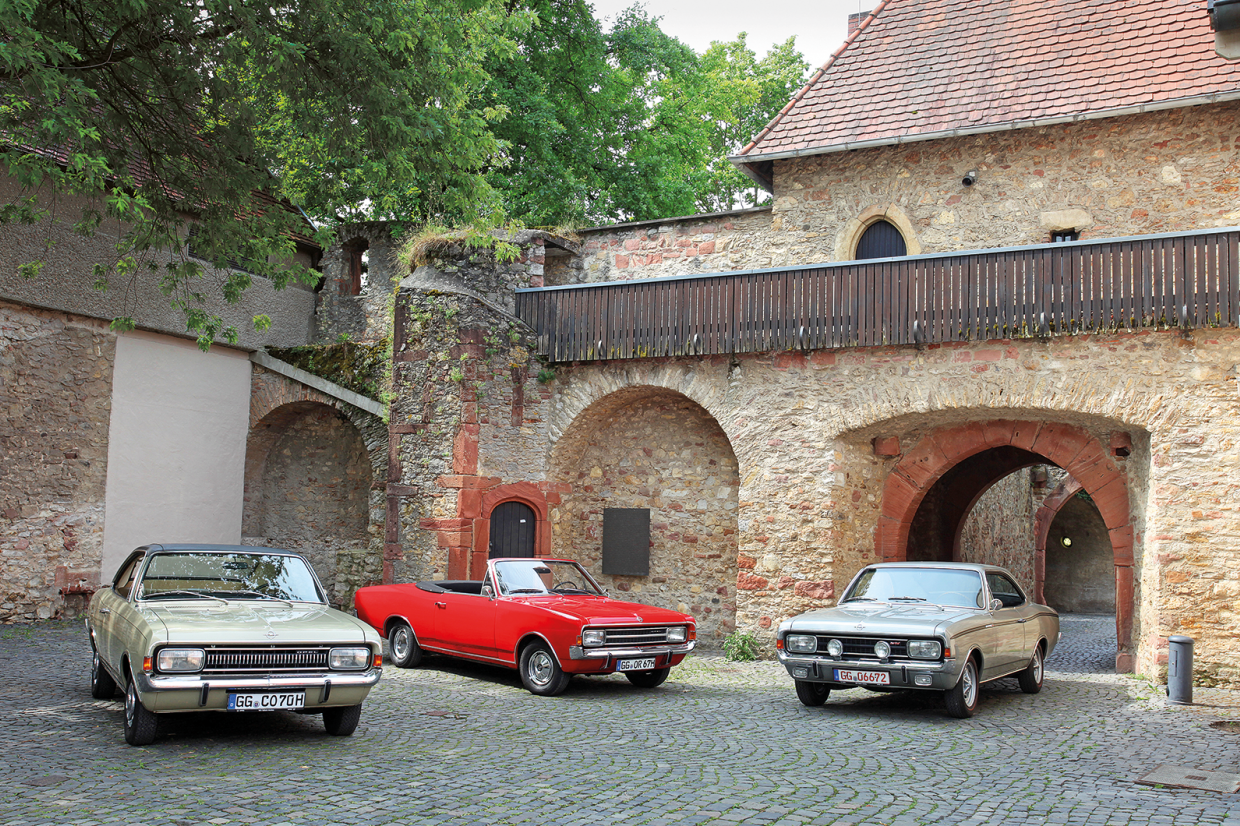
Projecting American tastes and proportions onto European-sized cars has not always delivered happy results, but it was an art that General Motors had mastered to near perfection by the mid-1960s at its German outpost in Rüsselsheim.
Thus, there is an elegant confidence about the Rekord C range – built between 1966 and ’71 – that is as easy on the eye as a Herb Alpert tune is on the ear.
The world has rather forgotten these competent, unpretentious yet stylish middle-range Opels with their curved hips and neatly resolved detailing.
In West Germany, the Rekord C and Commodore A were so ubiquitous they became mobile street furniture – produced to the tune of 1.2 million examples for a home audience that wanted something more glamorous than a VW but couldn’t stretch to a Mercedes-Benz.
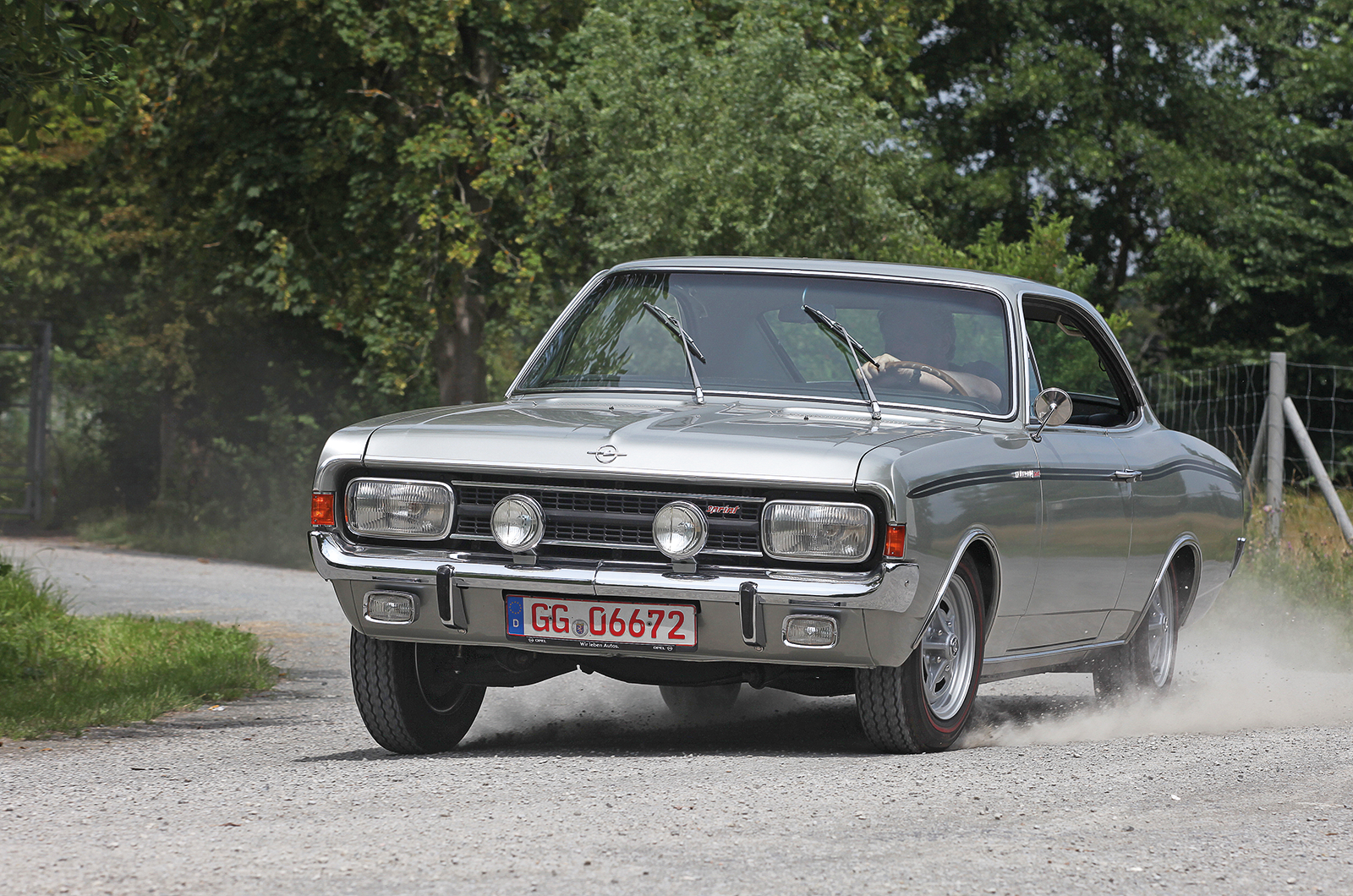
The Sprint handles tidily on its well-located live rear axle
In the UK, they represented most people’s first awareness of the Opel marque, and come from a long-forgotten time when almost any foreign car was seen as upmarket.
When GM started importing the Rekord C in 1967, it carefully picked variants that wouldn’t harm sales of the superficially similar Vauxhalls.

